stemcells
Latest

Stem cell transplant offers hope for an HIV cure
There appears to be more than one promising sign in the quest for an HIV cure. Researchers have given a London patient a bone marrow stem cell transplant that has left him HIV-free for the past 18 months. As the donor has a very rare genetic mutation (CCR5 delta 32) that makes them HIV-resistant, the stem cells sent the HIV into remission with only a "mild reaction" from the treatment. It's a positive sign, and it suggests that the stem cell transplants that 'cured' Tim Brown in 2007 weren't just flukes.

Stem cell breakthrough could help cure type 1 diabetes
Scientists have edged one step closer to a major treatment for (and possibly cure for) type 1 diabetes. A UCSF team has claimed it's the first to turn human stem cells into the mature, insulin-producing cells that type 1 patients don't have. The key was to acknowledge a reality in the development of islets, or clusters of healthy beta cells (which generate insulin) in the pancreas. They separated partly differentiated pancreatic stem cells into islets, jumpstarting their development and leading to responses to blood sugar that more closely represented mature cells. Even alpha and delta cells grew more effectively, UCSF said.

Lab-grown eyes explain how a baby's vision develops in the womb
Researchers at John Hopkins have grown artificial eye parts to better understand how we develop color vision. Though they don't look like eyeballs, the "organoid" retinas built from stem cells grow in much the same way as our own orbs. By using CRISPR to manipulate thyroid hormone levels, they shut off growth of green- and red-detecting cells. The results could provide new insight into how we develop color vision and help doctors treat blindness in the future.

Skeletal stem cells could regrow damaged bones
Believe it or not, scientists are still discovering new forms of stem cells -- and these latest examples could shake up how doctors treat a multitude of common injuries. A Stanford-led research team has identified the human skeletal stem cell, helping the group create a "family tree" of cells that can regenerate bones and cartilage. You can either isolate them from existing bones or generate them from specialized cells in fat, and they're predictable enough (that is, they'll always make bone tissue) that doctors wouldn't have to worry much about unintended results when using them in treatments.
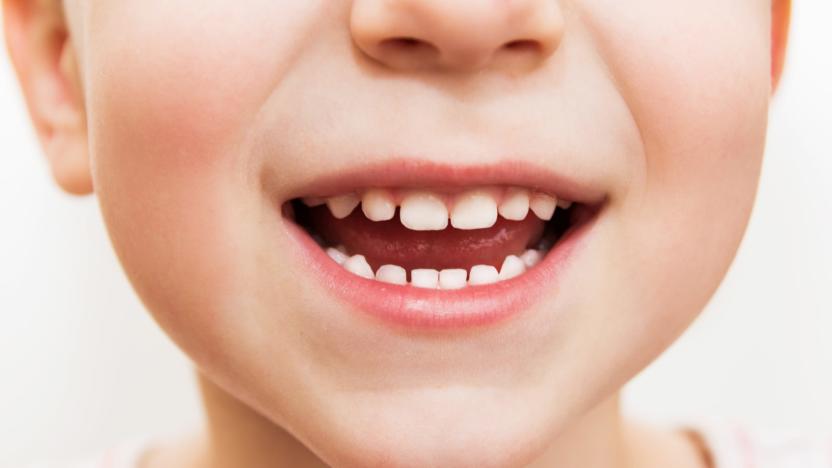
Baby tooth stem cells could regrow kids' dental tissue
If you injure a tooth as a kid, there's a real chance you'll grow up with a 'dead' tooth whose roots didn't grow properly due to tissue damage. However, scientists have conducted a successful trial for a method that could regrow kids' dental tissue using stem cells from their baby teeth. The team extracted human deciduous pulp stem cells (hDPSC) from patients' healthy baby teeth, allowed the cells to reproduce in a lab culture, and implanted them in the injured teeth. A year later, enough healthy tissue had regrown that the kids could feel at least some sensations, such as hot or cold.
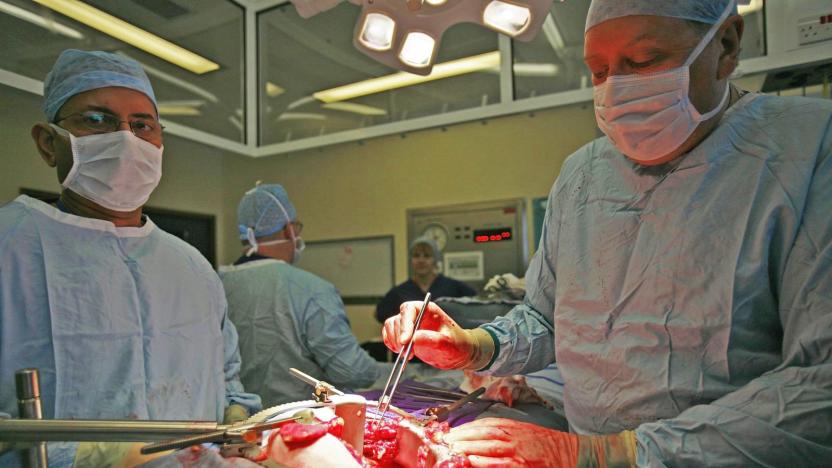
Someday, every piece of a person will be replaceable
In the past half decade, medical science has made tremendous advances in reproductive organ transplant techniques. In the span of just four years, we've seen the first successful penile transplant, the first child born from a transplanted uterus, and as of Monday, the world's first full male genital transplant surgery. During the 14 hour marathon operation, a team of doctors from Johns Hopkins University grafted the penis and scrotum from a donor cadaver onto a US military member who had had his own genitals destroyed during his service in Afghanistan.

Scientists get closer to replicating human sperm
Scientists have taken an important step forward in recreating the way the human body makes sperm, which could one day mean creating artificial sperm and eggs for infertility treatment. The researchers, from the University of Cambridge's Gurdon Institute, are thought to be the first team to have reached the "halfway point" -- a significant milestone -- on the path between stem cells and immature sperm.

3D gel stacks can grow enough stem cells to treat brain disease
Programmed stem cells promise to tackle all kinds of illnesses, but there's one catch: making them. It's hard to cultivate large numbers of them, and the need to grow them on 2D surfaces isn't very practical. That's where researchers might come to the rescue: they've developed a method of growing neural stem cells in large volumes, but without chewing up too much valuable real estate. The trick is to use polymer-based gels that allow these juvenile cells to grow in 3D stacks.
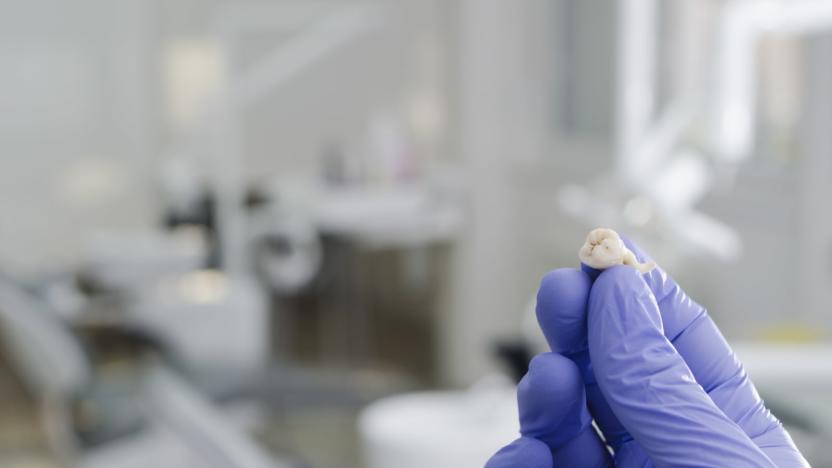
Scientists create 'tooth cracker' device to harvest stem cells
That pesky wisdom tooth you're glad you got rid of is apparently a great source of stem cells that could save lives. However, it's not easy getting to the tooth root pulp that contains those cells: drilling into the tooth generates damaging heat that lowers the number of cells that can be harvested. In addition, the water used to rinse the tooth could have corrosive elements and the enamel particulates from the drilling could contaminate the pulp. To solve that issue, a team of researchers from the University of Nevada Las Vegas have developed a device they hilarious call the "Tooth Cracker 5000" to extract 80 percent of the stem cells a pulp contains.
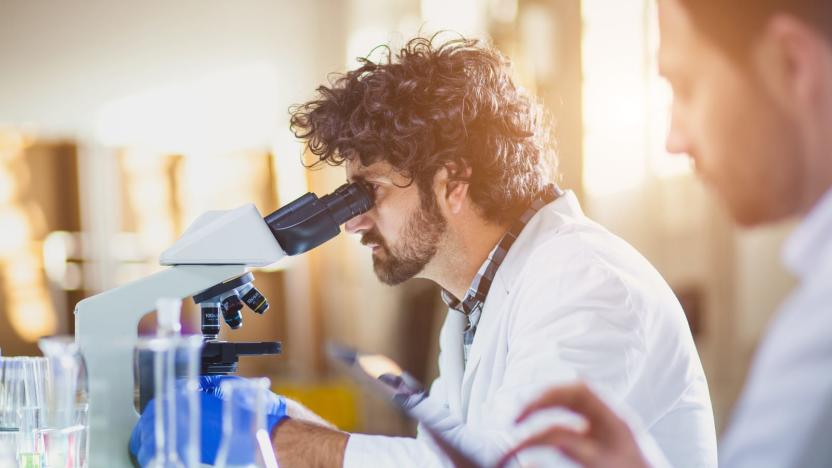
Scientists may have found a functional cure for type-1 diabetes
Type-1 diabetes is a chronic condition that affects an estimated 42 million people worldwide, and occurs when the pancreas produces little to no insulin. Those with the condition must take supplemental insulin so their bodies can process sugars. But now, researchers at ViaCyte, a regenerative medicine company, have some good news: They're working on a therapy based on stem cells that can automatically release insulin into the body when it's needed.

Researchers will attempt to ‘reanimate’ a corpse with stem cells
Brain death may no longer be a life sentence if one Philadelphia-based biomedical startup has its way. The company, Bioquark, plans to initiate a study later this year to see if a combination of stem cell and protein blend injections, electrical nerve stimulation, and laser therapy can reverse the effects of recent brain death. They're literally trying to bring people back from the dead.

Stem cell therapy makes sterile mice fertile again
Researchers at Shanghai's Jiao Tong University have conducted an experiment involving stem cells and sterile mice. Germline stem cells -- the building blocks of an egg -- were taken from a young mouse and implanted into the ovary of a mouse that had been sterilized. Five to eight weeks later, and this implanted mouse was mated with a healthy to see if pregnancy would occur. The experiment, which tested eight such mice, found that six of the group managed to fall pregnant and deliver healthy offspring.

Lab-grown stem cells could replace blood donations
Stem cells are kind of wild and can be used to create just about anything. Now, scientists have successfully created blood in a lab using the wundermaterial. As New Scientist points out, this could mean that certain cancer patients wouldn't have to undergo painful bone-marrow transplants in the future. And, that finding donors for such could no longer be an issue.

Lab-grown stem cells may carry an increased risk of cancer
If you've followed the latest medical research, you know that stem cells are a big deal. They let you repurpose cells so that you can theoretically grow them into whatever you need. However, scientists just got a good reason to be more cautious than they have in the past. A Harvard team has discovered that five of the 140 human embryonic stem cell lines registered for research use in US labs have cells whose mutations can cause cancer. Two of the lines have been used in human trials, too. None of those patients has developed cancer, thankfully, but there's a "very real risk" it could happen.

Gene editing could lead to a vaccine for arthritis
Right now, arthritis treatment tends to be an all-or-nothing proposition: the drugs you take affect your entire body, causing havoc with your immune system and leaving you prone to infections. But how do you narrow the treatment to just those areas where you feel pain? Genetics, apparently. Researchers have used CRISPR gene editing to turn stem cells into cartilage that releases a biological anti-inflammatory drug when they encounter inflammation. It not only limits treatment to the affected area, but responds only when there's a pain flare. You only get relief when you need it.
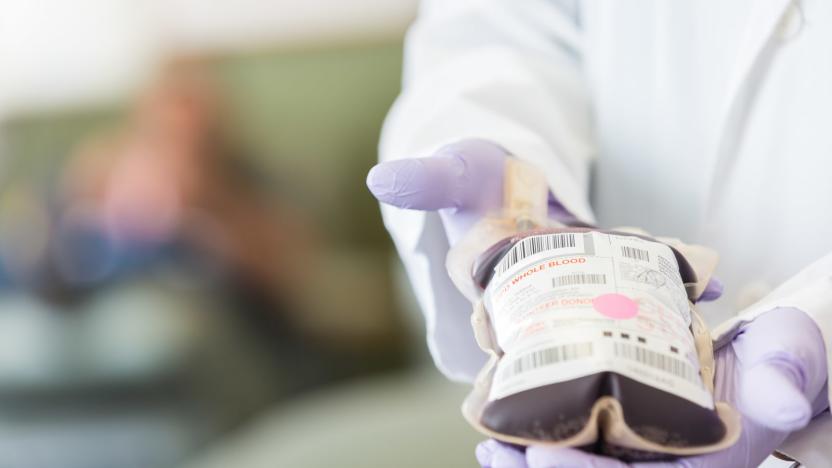
Mass-produced artificial blood is now a real possibility
Doctors dream of having artificial blood always on hand, but the reality has usually been very different. While you can produce red blood cells in a lab, the current technique (which prods stem cells into action) only nets a small number of them at best. British researchers appear to have found the solution, however: they've developed a technique that can reliably produce an unlimited number of red blood cells. The trick is to create "immortalized" premature red blood cells that you can culture as much as you like, making mass production a real possibility.
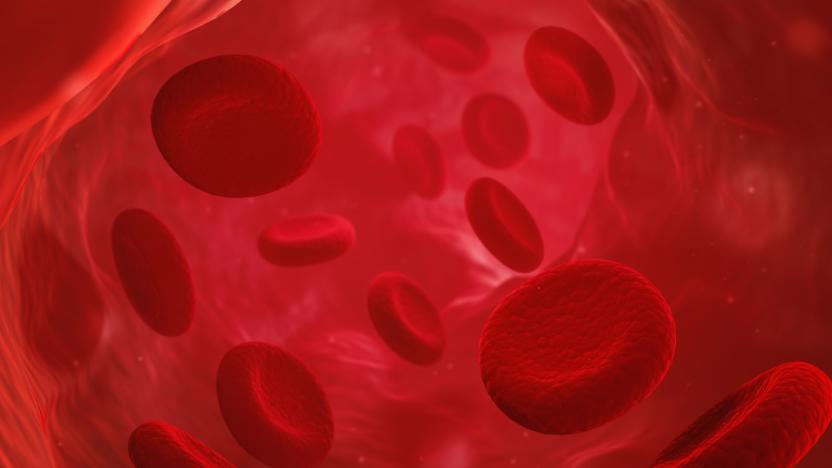
Scientists rejuvenate blood by reprogramming cells
Like it or not, your body gradually loses its capacity for producing blood as you age -- that's why immune deficiencies, leukemia and other blood conditions become more likely with time. Scientists may have found a way to turn back the clock, though. They've found a way to rejuvenate blood by reprogramming the stem cells that create it. The team effectively "resets" the stem cells by turning them into iPS cells, which can generate any kind of cell. When they once again form blood stem cells, it's as if they were brand new.
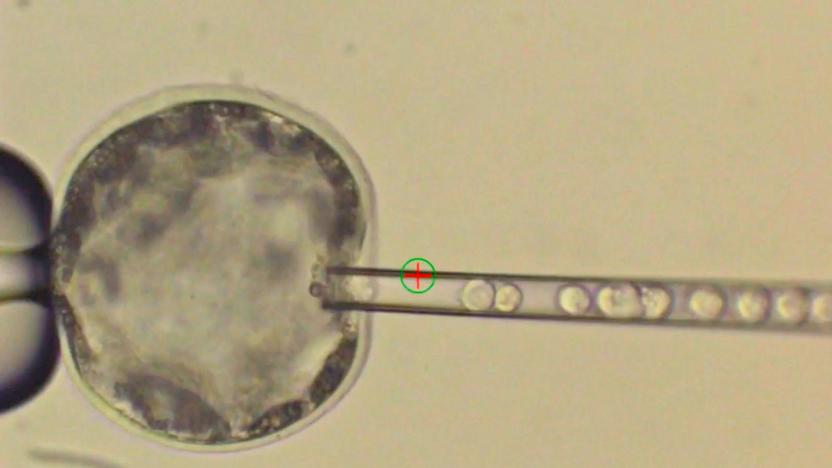
Researchers create first viable hybrid human-pig embryo
Researchers have created a viable hybrid part-human, part-pig embryo for the first time in history. According to a study published in the journal Cell Thursday, researchers were able to successfully inject human stem cells into a pig embryo and grow tissue that would form the early stages of human organs like the heart, liver and neurons. Although it's in the very early stages, experts believe the human-pig chimera could one day be used to grow transplantable human organs in farm animals.

Obama's legacy: The most tech-savvy president
When Barack Obama moved into the White House on January 20th, 2009, the federal government was in the digital dark ages. Even as late as 2011, he was complaining that the White House was 30 years behind. Among other things, Obama was the first president to carry a BlackBerry, and even so, it wasn't until 2016 that the leader of the free world was finally able to trade in his aging RIM device for a modern smartphone. And, as the president was quick to point out in an interview with Jimmy Fallon, the unnamed phone is so locked down, it's like one of those "play phones" you'd give to a 3-year-old. Despite these hurdles, Obama made it one of his priorities to modernize the federal government on everything from telecommunications policy to White House IT. He tackled infrastructure, STEM education, net neutrality and climate change in serious and substantive ways. Of course, the president's efforts weren't always a rousing success, and on issues involving privacy, spying and drone usage, he faces lingering criticism from both ends of the political spectrum. But, love him or hate him, for better or worse, when it comes to science and technology, Barack Obama has had a bigger impact than almost any president in history.

Scientists recreate the outer layer of the heart with stem cells
While organ transplants saw a 20 percent increase in the past five years, a lot of people in the recipient list still won't get one. That's why various scientists across the globe are trying to recreate organs in the lab. One particular group from Penn State, for instance, chose to focus on the heart, and they recently found a way to turn human stem cells into epicardium cells, which cover the surface of the organ.








